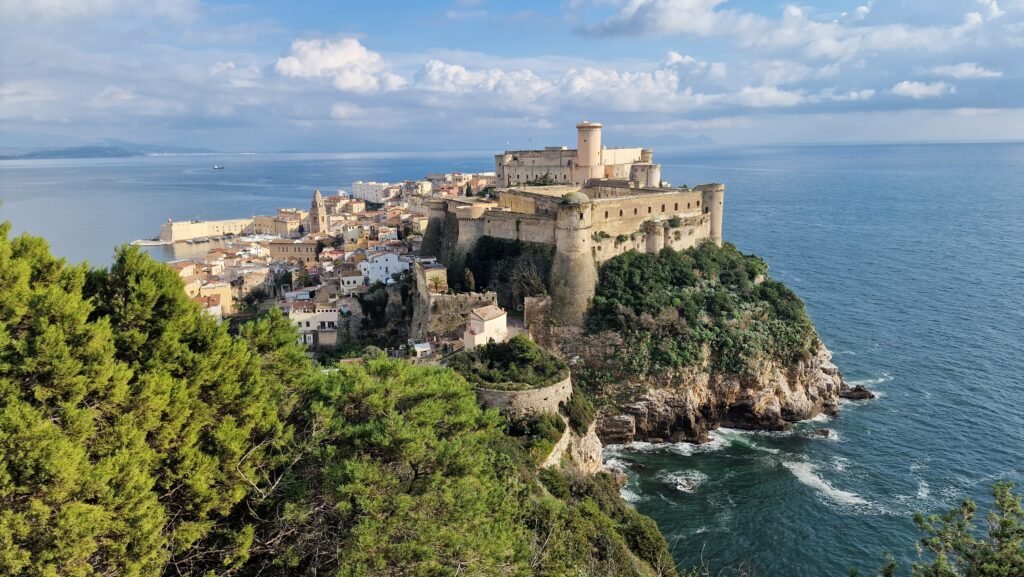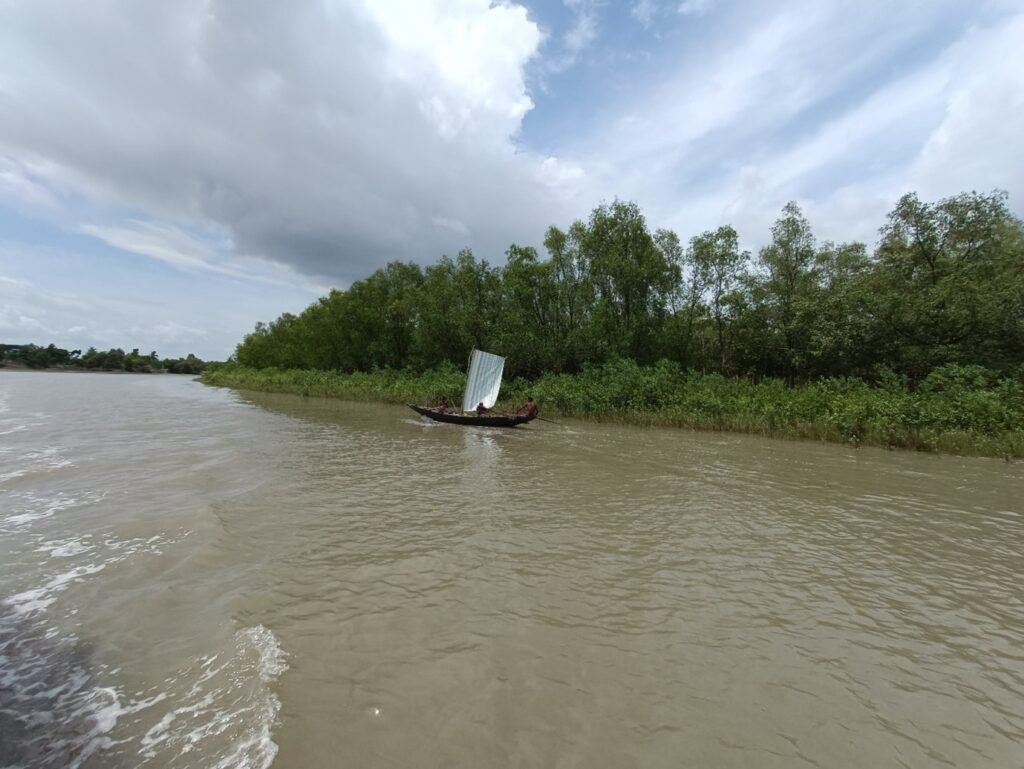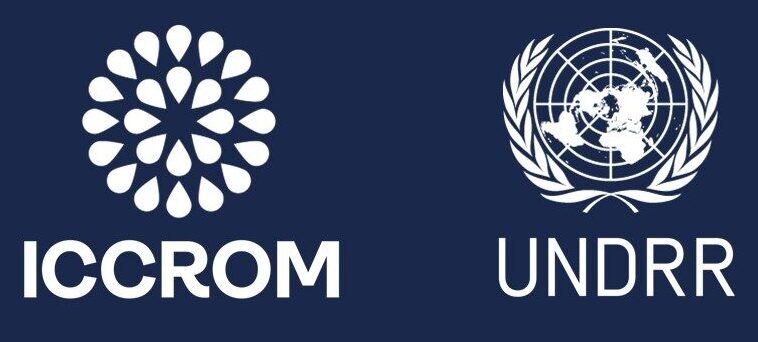Heritage Types
Tangible Built Heritage
Vernacular Built Heritage
is the cultural expression of a community on various built aspects such as houses, barns, sheds, temples etc through its local materials, techniques, and traditions in architecture, landscape, and intangible assets.

Monumental Built Heritage
is the cultural expression of a community through its large-scale structures that commemorate a person or event, or have artistic, historical, political, technical, or architectural importance.

Urban Heritage
is the cultural expression of a community through its historical, physical, and intangible assets in urban areas, such as buildings, monuments, landscapes, practices, and events.

Cultural Landscape
is a site that represents the combined works of nature and humans. It expresses a long and intimate relationship between people and their natural environment, and reflects their cultural, spiritual, and artistic values.

Intangible Heritage
Oral Traditions
such as stories, legends, myths, proverbs, riddles, or songs that are passed down orally from generation to generation.

Knowledge and Practices concerning nature
such as astronomy, ecology, medicine, agriculture, or navigation that are based on the observation and understanding of the natural world and its phenomena.

Performing Arts
such as music, dance, theatre, puppetry, or circus that are performed for an audience or as part of a ritual or ceremony.

Social Practices and Festive Events
such as weddings, funerals, festivals, games, sports, or celebrations that are shared by a community or a group of people.

Traditional Craftsmanship
such as pottery, weaving, carving, painting, or metalwork that are based on the skills and knowledge to produce objects of cultural or aesthetic value.

Natural Heritage
Geological/ Geomorphological
is the diversity and value of Earth’s features and processes that shape its surface and subsurface.

Hydrological Heritage
is the diversity and value of water features and processes in the environment and culture.

Ecological/Biological Heritage
Ecological or biological heritage is the diversity and value of living organisms and their interactions with the environment, such as landscapes, biosphere reserves, natural monuments, and their impacts on culture and society.

References
ICOMOS. (1999). Charter of the Built Vernacular Heritage. Retrieved from ICOMOS: https://www.icomos.org/en/participer/179-articles-en-francais/ressources/charters-and-standards/164-charter-of-the-built-vernacular-heritage
IUCN. (2017). Geodiversity, Geoheritage & Geoconservation. Retrieved from the ProGEO simple guide: chrome-extension://efaidnbmnnnibpcajpcglclefindmkaj/https://www.iucn.org/sites/default/files/2022-09/progeo_leaflet_en_2017.pdf
UNESCO. (n.d.). Glossary. Retrieved from World Heritage Convention Glossary: https://whc.unesco.org/en/glossary
UNESCO. (n.d.). World Heritage and Biodiversity. Retrieved from UNESCO WHC: https://whc.unesco.org/en/biodiversity/
